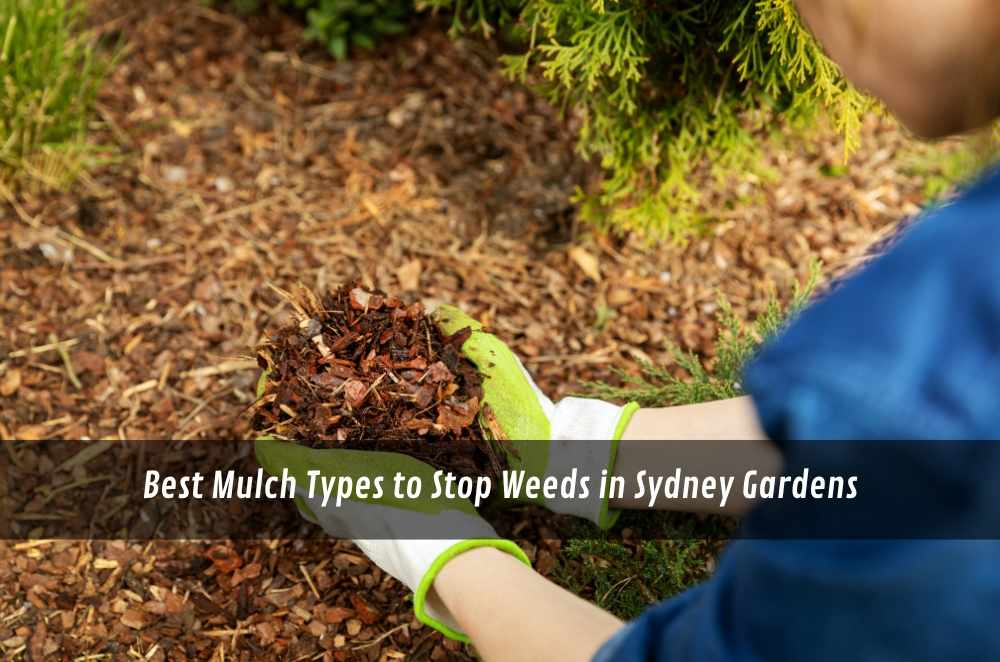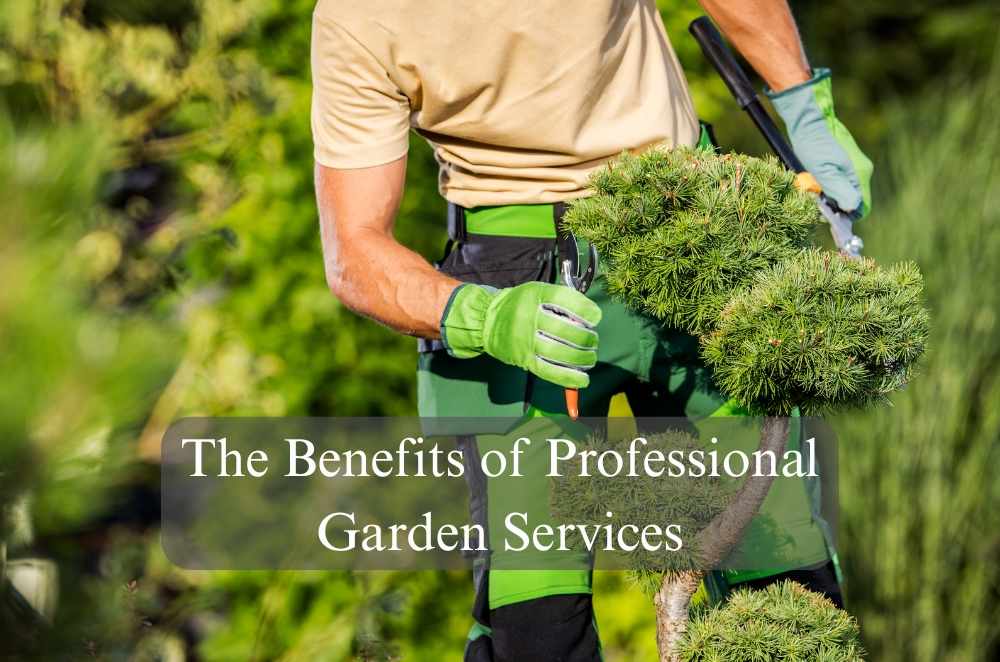
Ever gazed at your backyard tree, overwhelmed by foliage yet underwhelmed by fruit? Or were the specimens you harvested undersized, blemished, and generally lacklustre? This is a familiar concern in Sydney. The key to a generous yield—those succulent, crisp fruits you envision—rests in timely intervention, which may include exploring apple tree pruning services to ensure your trees are managed with precision and seasonal expertise. Mastering this can feel tricky, especially with Sydney’s changing weather. Knowing when and how to prune is key to healthy development and good fruit. With the proper techniques, you will learn in this content. You can transform your tree into a thriving, fruit-bearing beauty.
Understanding apple tree growth cycles
The warm summers and mild winters are also vital to the tree’s life cycle. Spring brings fresh new growth after the winter cold, which helps to establish fruit buds. The fruit expands and ripens in summer and the tree readies for dormancy in autumn. It is essential to understand these phases. March particularly has the haunches to sit between the tail end of summer and the first step toward autumn. At the end of summer, many varieties have finished blooming, which means that this month is a special time for various pruning tasks.
Essential pruning techniques for fruit production
Several techniques are essential to encourage a generous harvest.
• Spur pruning: These trees produce fruit on spurs and short, stubby branches. Careful pruning encourages new spur development.
• Thinning cuts: Removing entire branches where they join one another encourages light and air penetration, which is crucial for fruit ripening.
• Heading cuts: Shortening branches to stimulate growth lower down, maintaining a manageable tree height.
• Using sharp tools: Clean cuts heal faster and reduce the chance of disease.
A tree choked with branches won’t receive the sunlight it needs for sugars to develop, leading to bland, tiny apples. Air movement, too, helps prevent fungal diseases, which is an issue in humid Sydney conditions.
Identifying and addressing common pruning challenges
Though by nature stout-hardy, apple trees are subject to a multitude of things that can impede their health and productivity. Identifying and correcting these issues with the appropriate pruning is essential to a thriving orchard.
• Overgrowth: A common issue, especially if pruning is neglected. Tangled branches compete for resources.
• Declining yield: This could signal nutrient deficiencies or poor pollination, but often, it’s a pruning issue.
• Disease and pests: Removing infected branches promptly is vital.
• Dead limbs: These should be removed to prevent decay and potential hazards.
For example, many trees have busted or damaged limbs after Sydney’s recent series of unseasonal late summer storms. Taking care of these problems promptly can minimise damage and disease.
The role of structural integrity in apple tree health
A healthy, well-formed tree can support heavy fruit loads and extreme weather. Pruning in balance keeps the tree's weight evenly distributed, avoiding breakage. A strong structure also facilitates harvesting as more manageable and safer. A pruned tree will also live longer. To be even more precise, structural integrity directly leads to:
• Reduced risk of branch breakage: Proper pruning eliminates weak or crossing branches prone to snapping under the weight of fruit or during strong winds.
• Enhanced stability: A balanced canopy prevents the tree from becoming top-heavy, which can lead to toppling, especially in waterlogged soil or during storms.
• Improved light distribution: a well-structured tree allows sunlight to penetrate the inner canopy, promoting even fruit development and reducing the risk of diseases.
• Easier access for maintenance and harvesting: A manageable tree structure allows for safe and efficient pruning, spraying, and fruit picking, reducing the risk of accidents.
Post-pruning care for optimal recovery
Pruning is only half the battle. After the cuts, the tree needs care.
• Clean up: Remove all pruned branches and leaves to prevent disease spread.
• Watering: Ensure the tree gets adequate water, especially during dry spells.
• Mulching: Apply mulch around the base to retain moisture and suppress weeds.
• Monitor: Keep an eye out for signs of disease or stress.
Many residents are taking a renewed interest in their gardens, and rightfully so; proper care after pruning is a key component of healthy gardening.
Value of professional services for tree pruning
While most gardeners do their pruning, some situations require professional hands. Professional skills best serve advanced pruning, big trees, or trees with extensive disease or damage. Trained landscaping professionals with structural landscaping certifications possess a wealth of experience and knowledge. They know the subtleties of tree development, the regional climate, and the optimal methods for every type. A professional can evaluate the tree's health, develop a customised pruning strategy, and implement it accurately. This secures the tree's long-term health and ensures maximum fruit yields.
When weighing the benefits and considerations of expert fruit tree pruning, it’s essential to recognise that while expert care can significantly improve tree health and productivity, improper pruning—whether by an untrained individual or even a professional unfamiliar with the tree’s specific needs—can lead to long-term damage. However, a professional arborist's experience translates to their ability to identify minor diseases or structural issues that a beginner may not see. They also benefit from specialist tools and equipment, allowing clean, accurate cuts with minimal stress to the tree. In addition, they are aware of timing and know how and when to prune for the best effect.
Conclusion
Hiring a professional can also be time- and effort-saving. Pruning a big or complicated tree is intimidating, involving much physical labour and technical expertise. This can be done correctly and safely by a professional. Thus letting a gardener reap the rewards of their hard work. Whether you prune on your own or hire a professional, the goal is cultivating a healthy, fruitful tree to produce a bountiful harvest. You can turn your apple tree into something of which to be proud and enjoy lots of tasty fruit by learning the tree's growth patterns, perfecting basic pruning methods, and giving it proper post-pruning care.








Write a comment ...